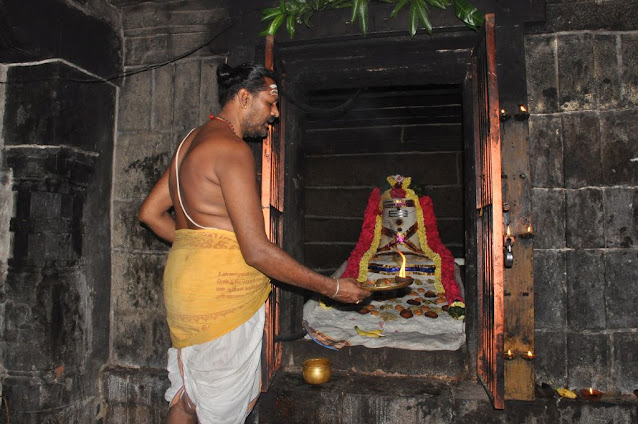On Friday October 30, 2020 Annabishegam took place at the Kalyana Sundareswar Shrine located in the Temple's Fifth Prakaram.
Significance of Rice Puja
Aippasi (the sixth month of the Tamil solar calendar) begins with the Sun's entry into Libra (Thula Rasi). When the Moon is in the constellation of Ashwini Nakshatra on the full-moon day, that month is denoted as Aippasi Masam. The duration of the day and night time is equal during this month, hence it is named as Thula masa—thula means balance (weighing scale).
During the month of Aippasi on Ashwini Star, as declared by Lord Shiva puja is performed with cooked rice and rice food items. Rice cultivation has existed in South India since 1400 BC. Details about rice have been found in the Yajur Veda and is frequently referred to in many Sanskrit texts. Rice is often directly associated with prosperity and fertility and therefore it is customary used during weddings and other religious ceremonies.
As by Lord Siva’s words:
“I myself like this food as it gives energy to the whole Universe and goodness to all. Do puja to me with this food and don’t forget food is my special roopam (i.e. form).”
As per the Agama Sastra, on paurnami day (full-moon) when it coincides with Ashwini Nakshatra during the month of Aippasi, offering rice annam to Lord Shiva will help yield good crop production, promote economic progress and thus help with the development of the nation.
Hence Annabishekam (special abishekam with cooked rice) an annual affair during the full moon day of the Tamil Month Aippasi was performed this year on Friday October 30, 2020 at the Kalyana Sundareswarar Shrine at Arunachaleswarar Temple.
















